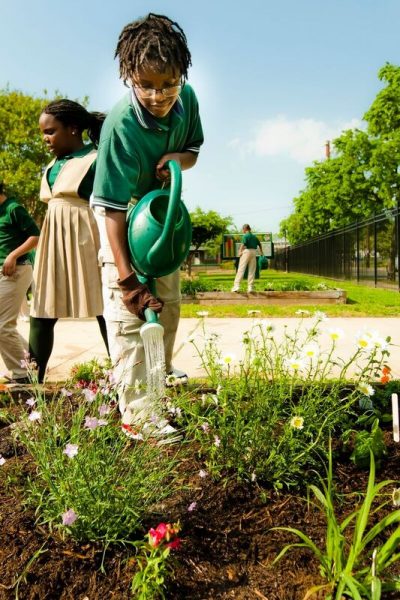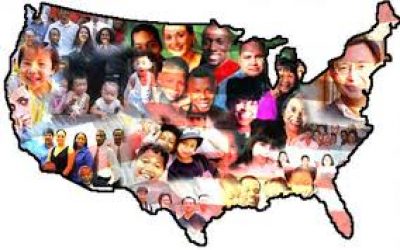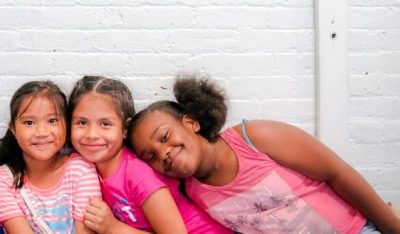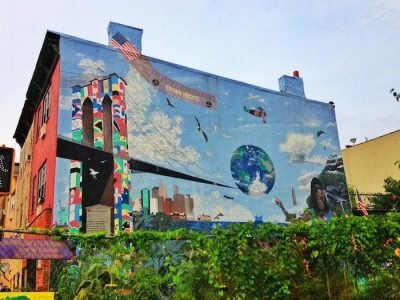Breakfast Club Blog

The BOOST Breakfast Club Blog is a curated space where bloggers from around the world contribute content on a continual basis about a variety of topics relevant to in and out-of-school time. The BOOST Breakfast Club blog is at the heart of an ongoing dialogue where expanded learning and education professionals share their personal thoughts and stories from the in and out-of-school time field. They also tell us what they ate for breakfast!
The BOOST Breakfast Club Blog is Brain Food for In and Out-of-School Time Leaders!
Interested in becoming a blogger? Email [email protected]
Click here to Register for a free account or click here to Login to your existing account.
Releasing the Giving Hangover
This post was originally published on December 21, 2017. It seemed like a good time to reflect on our giving habits and how we teach our youth to show up for their communities. It never failed. I would receive mountains of canned goods, dry goods, and cash from well-meaning donors before Christmas (always accompanied by copious amounts of cranberry jelly), but the season inevitably came: The Giving Hangover. Call it the Winter Blues, or the Post-Christmas Slump, or whatever, giving always droppe...Read More
Start Planning for Summer Meals Success
Even though there might still be traces of snow on the ground in your state, now is the perfect time for youth-serving programs to start thinking about expanding access to and participation in Summer Nutrition Programs. The Summer Nutrition Programs — which include the Summer Food Service Program (SFSP) and the National School Lunch Program (NSLP) — fill the nutrition gap for low-income children who rely on free or reduced-price meals during the school year. The programs also support summer prog...Read More
Engaging Young People in Creative Placemaking: Part Two
Welcome back to this two-part blog series as we unpack what creative placemaking looks like in community development and how we can use it as a tool to empower youth in being key players in their local public spaces. If you haven’t already, I encourage you to take a few minutes to read Engaging Young People in Creative Placemaking: Part One, published February 20, 2018 right here on the BOOST Cafe Breakfast Club Blog. Using Creative Placemaking in Youth Program: Examples It may feel daunt...Read More
Engaging Young People in Creative Placemaking: Part One
Young people have inspiration, ideas, and unique problem-solving skills to contribute to community planning. One of the most holistic ways of designing sustainable spaces and places is through creative placemaking. In this two-part blog post, I will share with you what creative placemaking is, the importance of it in our communities, and how we can use creative placemaking in our youth programs. Creative Placemaking One of the best definitions of creative placemaking is from Ann Markusen and An...Read More
Collaboration, Gratitude and Birds (Yeah, Birds!)
As we enter the holiday season, I’m thankful to be coming up on my 10th year at the Alliance for a Healthier Generation. As Director of Community Partnerships, I have the unique pleasure of cultivating relationships to engage communities in promoting children’s health. For this article, I wanted to share three collaborations that I am particularly excited about – each with resources I hope you can use to bring wellness to life in out-of-school time while engaging families and empowering children...Read More
Afterschool Programs: Expanding the Definition of Success
As a father of two girls ages 7 and 10, married to an amazing educator of over 20 years, I have a 360-degree perspective of the teaching and learning experience. As a matter of fact, my 4th grade daughter is my wife’s student. It’s a complete family affair. Most people I share that with have an initial reaction of concern. The most common questions are, “How is that working out for your daughter? Isn’t that weird for her? Does she feel challenged?” All these have me...Read More
Creating a More Connected World Through Local Agriculture: 9 Voices
Imagine if we, above all else, prioritized creating a more connected world. If we blend and integrate our passions, what innovations will we discover? What challenges would we overcome? To celebrate National Nutrition Month, this article explores how local agriculture can help foster social connectedness. To do this, I spoke with youth and adults representing urban and rural communities, non-profits, business and government and education agencies. Each brings a perspective that explores linkages...Read More
Fear and Deportation
What can after school programs do to support children who are experiencing fears related to the impacts of deportation? Many of our programs work with children and families who have deep fears about the changing immigration climate and increased deportations. Knowing what to do to support students and families on these issues can be hard for staff. They want to help but do not have expertise in this area. They also want to know what is ok to say and do in their role. Here are some actions that c...Read More
Designing Welcoming and Healthy Environments: 4 Activities
Designing welcoming environments for children and families has never been more important. Let’s look at some statistics and then talk action! Recent research shows that high school students report feeling “tired, stressed and bored” during the school day. 28% of U.S. students in grades 6–12 have experienced bullying and children with disabilities experience an increased risk. During the 2013-2014 school year, more than 1.3 million homeless children and youth were enrolled in pu...Read More
20 Resources that Create Cultural Exchanges in the Garden
Community gardens serve as a place-based tool for connection, empowerment, and cultural identity. Today, more gardens are popping up in school yards, in vacant lots, nonprofits, and housing developments. Educators are using gardens as creative and holistic tools for teaching beyond the walls of the classroom. In 2014, I wrote the piece, Using Gardens as Classrooms and shared how educators can use garden-based learning in formal and informal education settings with resources related to academic e...Read More









